BALTIMORE, MD – The Maryland Zoo is welcoming Sofiya the Amur leopard back to her newly renovated habitat along the boardwalk in African Journey. “Sofiya was temporarily relocated to another part of the Zoo while the renovations took place over the past 7 ½ months,” stated Kirby Fowler, president & CEO of the Zoo. “She’s had a few days to acclimate to all the changes that were made, and we are so happy to see her explore the new space. It’s great to see her back!”
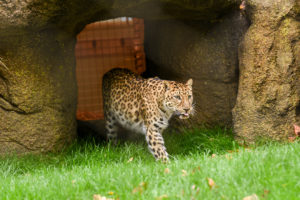
“The Leopard Lair first opened along the African Journey boardwalk in 1995, 25 years ago,” added Fowler. “Over the past several months, with funding provided by the State of Maryland, it underwent a complete renovation, including a major overhaul of both the behind-the-scenes areas and the public-facing habitat. It looks fantastic.”
The behind-the-scenes den and animal care team areas were completely renovated adding four feet in height to the interior dens, improved medical training spaces, an overhead chute system for animal movement and additional resting spaces, skylights, a new heating and ventilating system, as well as a renovated kitchen area for Sofiya’s animal care team. An outdoor space was also added behind the den.
The outdoor habitat was re-landscaped, raising the rockwork in the rear of the habitat, as was greatly improved by the addition of two new climbing structures, a cave for Sofiya to lounge in, and an enhanced training area, along with a new drinker (fresh water source for the leopard).
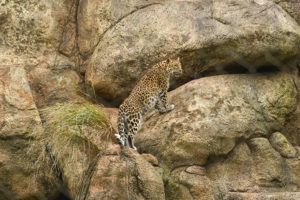
Amur leopards are one of the rarest cat species in the world and are noted for their particularly pale coat (when compared to most other leopard subspecies), featuring large rosettes with unbroken rings and darkened centers. The natural range of the Amur leopard previously encompassed the Amur River basin in the mountains of northeastern China and the Korean peninsula. Today, it survives only in one isolated population in the Russian Far East, although there may be a few individual leopards in the Jilin Province of northeast China.
“They are the most critically endangered leopard subspecies — it is estimated that there are less than 40 living in the wild,” continued Fowler. “We are very excited have her back in her habitat so she can bring an awareness about her species to our zoo visitors once again.”
The renovations to the leopard habitat were also made possible by Doug and Kathie Dollenberg in honor of former Zoo President & CEO Don Hutchinson, and Edward and Gillian Meigs.

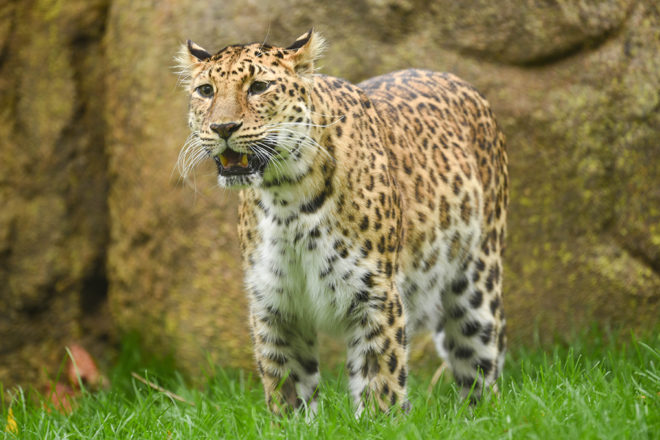
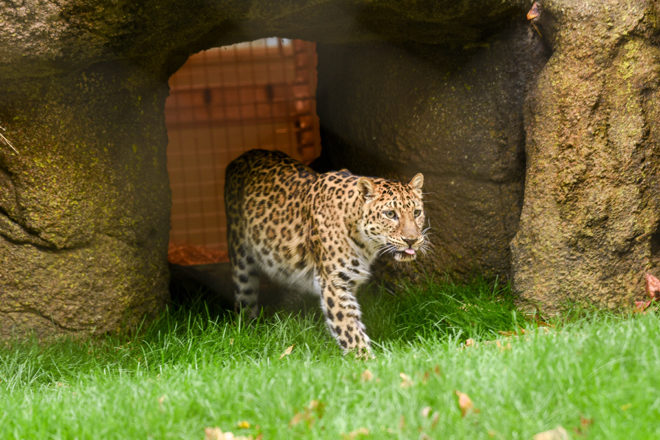
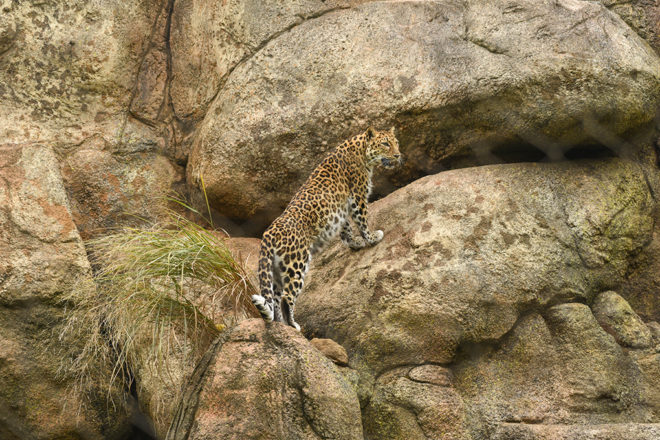



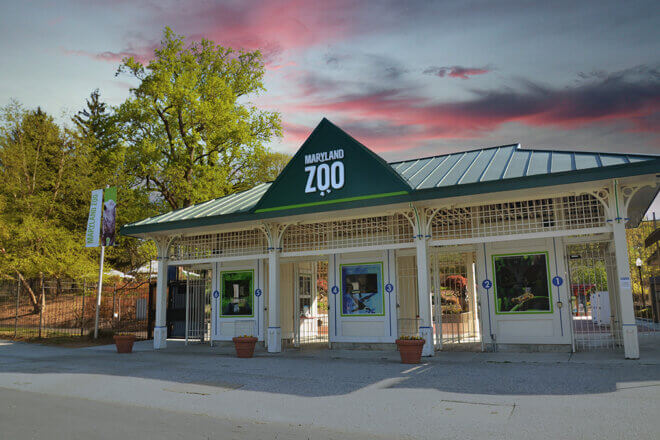
Share this article